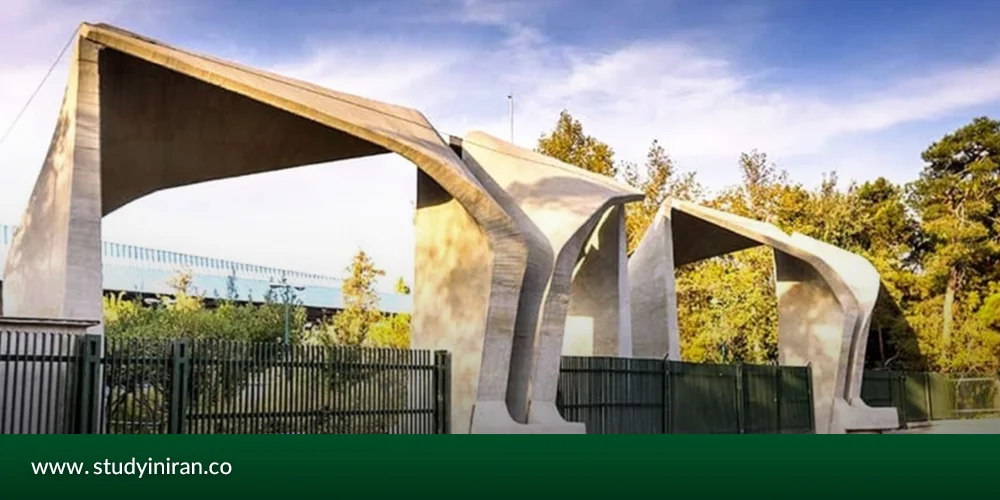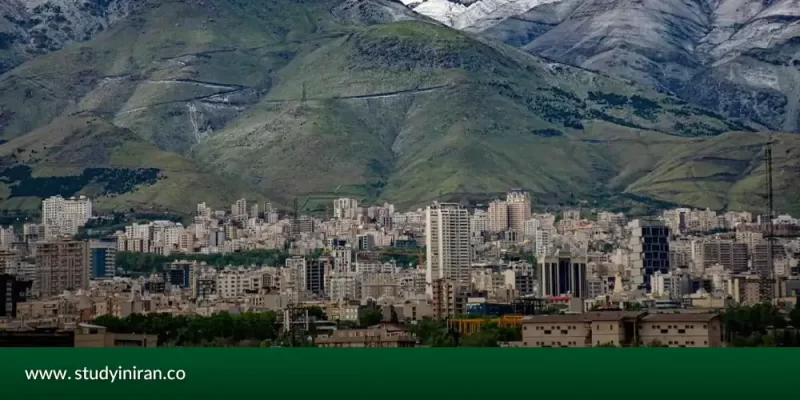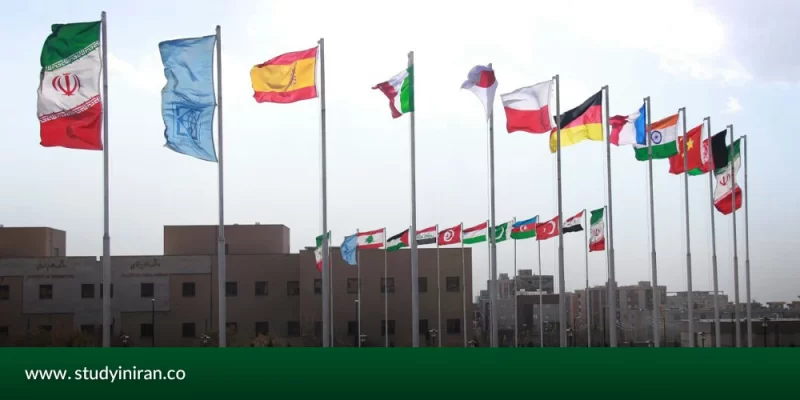Studying in Iran offers international students a valuable opportunity where quality higher education, affordable costs, and a rich cultural–historical experience come together. Iranian universities hold a respected position in both regional and global rankings, offering a wide range of programs from engineering and medicine to humanities, arts, and basic sciences. Their degrees are recognized in many countries around the world.
Life in Iran also adds a distinctive dimension to the student experience. The country’s cultural and geographical diversity means that students encounter everything from the fast pace of large cities to the quiet charm of historic towns.
Altogether, pursuing a degree in Iran can provide a solid foundation for both academic growth and future career opportunities. In this article, we explore the details of studying at some of the country’s top universities.
Why Study in Iran?
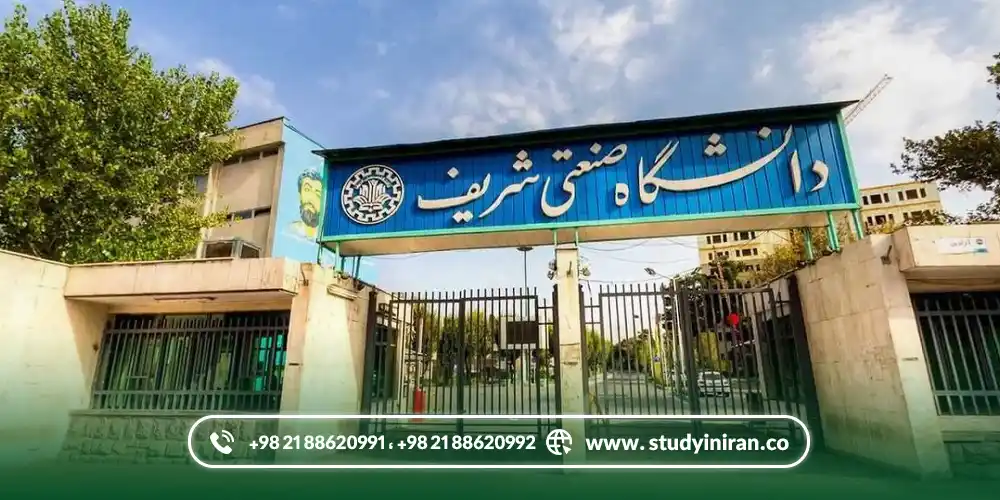
Iran is emerging as a growing destination for international students, offering a combination of quality education, affordable costs, and a multicultural environment. With a strong academic tradition and expanding international partnerships, Iranian universities provide students with the confidence to pursue both their educational and career goals.
Academic Quality
Universities in Iran benefit from experienced faculty, up-to-date curricula, and well-equipped facilities. This creates opportunities for students to gain both in-depth knowledge and practical skills across a wide range of disciplines.
Learning Environment
Iran’s diverse culture and dynamic society make it a welcoming setting for international students. Alongside their studies, students can explore the country’s historical landmarks, natural landscapes, and vibrant social life.
International Recognition
Degrees from Iranian universities are recognized in many parts of the world, giving graduates access to further study and career opportunities abroad. Growing research partnerships also continue to raise the global profile of Iran’s higher education system.
Range of Programs
Iranian universities cover an extensive list of disciplines—from engineering and medicine to the arts and humanities. This breadth allows students to find programs that match their goals and interests without compromise.
Scholarships
While tuition and living costs in Iran are already low compared to many countries, international students can also apply for scholarships. These are offered by universities, government bodies, and other organizations, and may cover tuition in full or provide additional support for living expenses.
Key Factors in Choosing a University in Iran
Choosing a university isn’t only about academic quality; students often look for a balance of education, lifestyle, and cultural experiences. With its four distinct seasons and diverse geography, Iran offers very different settings depending on the region—each with its own character and appeal.
Northern Iran
With its mild climate and lush landscapes, northern Iran is an inviting place for both study and student life. Universities such as Babol Noshirvani University of Technology, University of Mazandaran, and University of Golestan are located here. Beyond academics, the region’s forests and the Caspian Sea coastline provide plenty of opportunities for leisure and exploration.
Tehran, the Capital
As the political and economic center of the country, Tehran also hosts Iran’s top universities, including the University of Tehran, Sharif University of Technology, and Amirkabir University of Technology. These institutions are recognized internationally for their research and teaching. Living in Tehran also means access to bustling bazaars, museums, cultural centers, and historic landmarks, offering students a dynamic city experience.
Central Iran: Where History Meets Education
Cities such as Isfahan, Shiraz, and Semnan are home to leading institutions like Shiraz University and the University of Isfahan. These cities are equally renowned for their historical sites, unique architecture, and rich cultural traditions. Studying here gives students a chance to combine academic progress with a deep immersion in Iranian history and culture.
Southern Iran: Studying by the Coast
Southern Iran, shaped by its coastal climate and cultural diversity, offers a distinctive student experience. Institutions such as Jundishapur University of Medical Sciences and Shahid Chamran University of Ahvaz are among the region’s most respected. Student life here comes with the added bonus of proximity to the Persian Gulf and its unique recreational opportunities.
Iranian Universities in Global Rankings
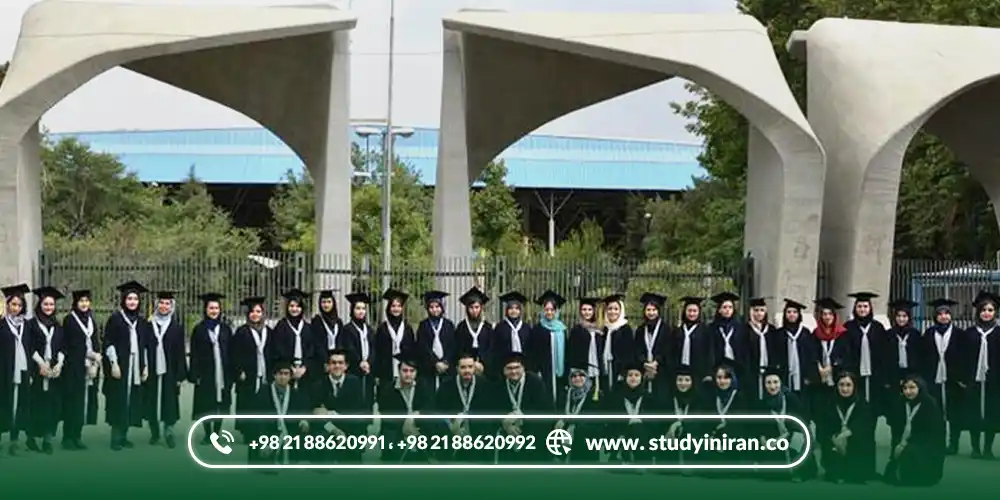
For many international students, global rankings are an important reference when choosing a university. These systems evaluate institutions based on various indicators such as teaching quality, research output, international reputation, and academic collaborations. Below are the major ranking systems where Iranian universities are featured:
Shanghai Ranking (ARWU)
Established in China in 1998, the Academic Ranking of World Universities assesses institutions by factors such as teaching quality, faculty strength, research productivity, and per-capita academic performance. The inclusion of Iranian universities in this ranking highlights their growing academic and research capabilities on a global scale.
Times Higher Education (THE)
The Times ranking is widely recognized for its comprehensive evaluation of universities. It measures teaching quality, research volume and impact (citations), industry income (innovation), and international outlook. In recent years, several leading Iranian universities have earned strong positions in this system.
QS World University Rankings
Originally published in collaboration with Times and operating independently since 2009, QS evaluates universities based on academic reputation, employer reputation, faculty-to-student ratio, and research citations. Well-known Iranian institutions such as the University of Tehran and Sharif University of Technology are regularly listed in this ranking.
Islamic World Science Citation Center (ISC)
Focused specifically on universities in Islamic countries, ISC ranks institutions by research quality, educational impact, and international collaborations. As a regional benchmark, ISC plays a key role in recognizing the position of Iranian universities within the Islamic world.
Leading Universities in Iran
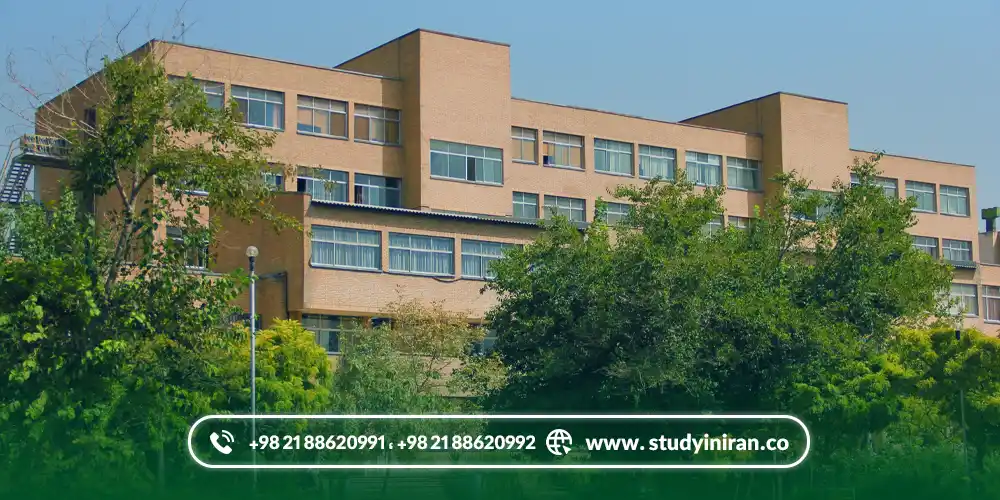
University of Tehran
Iran’s largest and oldest university, offering programs across 25 faculties and 16 research centers. Known for global partnerships, exchange programs, and the largest student housing complex in the Middle East.
Sharif University of Technology
The country’s top institution for engineering and basic sciences, recognized internationally for advanced research and outstanding alumni.
Amirkabir University of Technology
A leading engineering school with strong industry links, modern facilities, and a focus on innovation.
Tehran University of Medical Sciences
Iran’s foremost medical university, operating major teaching hospitals and research centers.
Tarbiat Modares University
Specialized in graduate studies, with a strong research profile and international collaborations.
Shahid Beheshti University
A comprehensive university with strengths in medical and health sciences, alongside active research in multiple fields.
Iran University of Medical Sciences
Noted for innovation in healthcare and extensive clinical and research facilities.
University of Shiraz
Offers diverse programs in one of Iran’s most historic and culturally rich cities, attracting students from around the world.
Isfahan University of Technology
Focused on engineering and technology with an emphasis on applied research and practical training.
Ferdowsi University of Mashhad
One of Iran’s largest universities, active in both academic research and the preservation of Iranian cultural heritage.
How to Apply to Iranian Universities
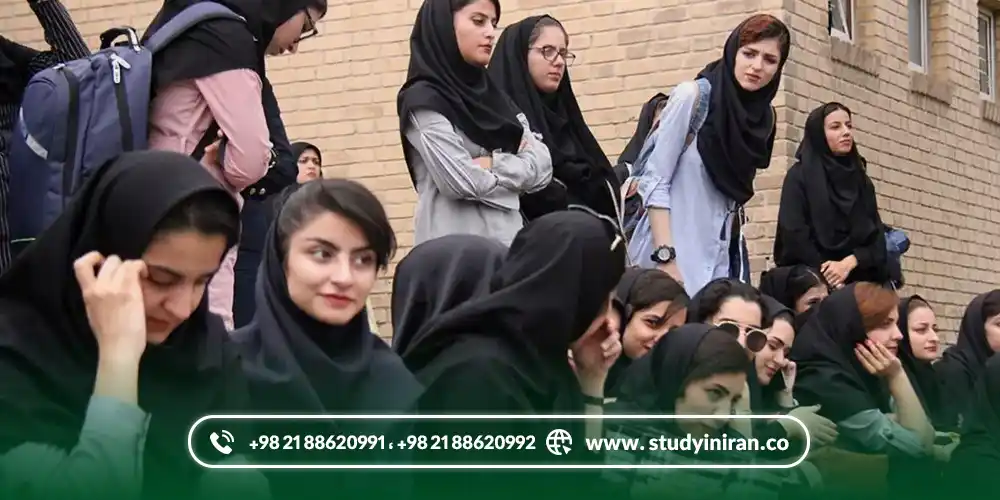
International students can apply either through Iranian embassies and cultural missions abroad, or directly to universities that accept foreign applicants.
Required Documents
- Application form – Download from the university website or request from the admissions office.
- Official transcripts – Academic records from previous studies.
- Language certificate – Proof of proficiency in the teaching language (Persian or English), e.g., IELTS or TOEFL.
- Personal statement – Outline your academic goals and motivation.
- References – Recommendation letters from professors or academic supervisors.
- Passport & visa – A valid passport and student visa.
- Financial proof – Evidence you can cover tuition and living costs.
- Medical clearance – Health certificate confirming fitness to study.
Career Prospects After Studying in Iran
Graduates can either enter the job market in Iran or return home with a degree recognized worldwide. Many universities offer career support, including internships, job fairs, and professional networking, to help students move confidently into their next stage.
Final Thoughts
Iran offers international students high-quality education, low living costs, and a culturally rich environment. Top universities such as the University of Tehran, Sharif University of Technology, Amirkabir University of Technology, and Tehran University of Medical Sciences are well known in the region and increasingly recognized worldwide.
For those ready to take the next step, Study in Iran provides clear, reliable guidance—from admissions and scholarships to everyday student life—making your move to study in Iran a smooth and informed choice.
Frequently Asked Questions
Top choices include the University of Tehran, Sharif University of Technology, Amirkabir University of Technology, Iran University of Science and Technology, Shiraz University, and Shahid Beheshti University. In medicine and health sciences, Tehran, Shiraz, and Isfahan Universities of Medical Sciences lead the field.
Yes. Many top institutions—especially in engineering, medicine, and basic sciences—offer full-degree programs taught in English.
Typically: official transcripts, proof of language proficiency (English or Persian), a statement of purpose, academic references, a valid passport, and a medical certificate.
Costs vary, but even the top universities are generally far more affordable than similar institutions in many other countries.
Yes. Most major universities provide well-equipped, low-cost dormitories for international students.
Yes. Scholarships are offered by universities, the Ministry of Science, and through embassy programs, with coverage depending on the award.
The University of Tehran, Sharif, and Amirkabir regularly appear in QS and Times Higher Education rankings, especially in engineering and sciences.
Cities like Tehran, Shiraz, Isfahan, and Tabriz offer affordable living, strong public transport, and rich cultural and historical attractions.
Yes. Degrees from leading universities are accepted in many countries for further study or professional work.
In some fields, yes—with the right permits. Many graduates also secure good opportunities in their home countries.

